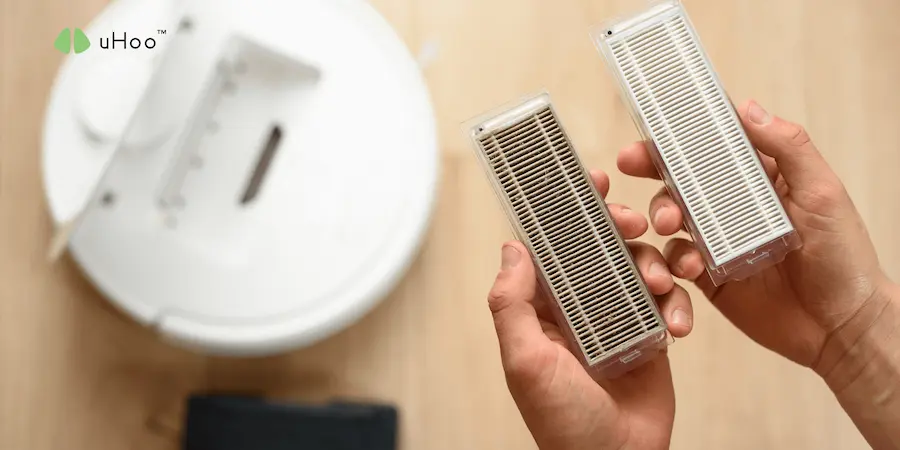The evolution of vacuum filtration has moved far beyond simple cloth bags. Today’s high-performance dust eradicators employ multi-stage systems designed to trap particles of varying sizes. The journey begins with preliminary filters that capture larger debris, protecting subsequent, more intricate filters. However, the real magic happens with the implementation of specialized filtration technologies.
The HEPA Standard
At the forefront of advanced filtration is the HEPA (High-Efficiency Particulate Air) filter. This isn’t just a marketing buzzword; it’s a defined standard. To be classified as HEPA, a filter must be capable of capturing at least 99.97% of particles 0.3 microns in diameter.
This incredibly fine filtration net effectively traps dust mites, pet dander, pollen, mold spores, and other microscopic allergens that can linger in our homes. For allergy sufferers and health-conscious individuals, a true HEPA filter is a non-negotiable feature in a dust-eliminating vacuum.
Sealed Systems
A high-quality HEPA filter is only as effective as the system it’s housed within. If the vacuum isn’t properly sealed, the air drawn in – along with the captured dust – can leak out through gaps and poorly fitted components, effectively negating the benefits of the advanced filter.
Look for vacuums that explicitly advertise a sealed filtration system. This ensures that all the air that enters the vacuum is forced through the HEPA filter before being expelled, preventing the recirculation of fine particles.
Beyond HEPA
While HEPA is the gold standard, some manufacturers are pushing the boundaries of filtration even further. Some models incorporate activated carbon filters to help trap odors alongside particulate matter, which can be particularly beneficial for pet owners. Others utilize advanced microfiber filters with intricate weaves to capture even smaller particles.
The Role of Cyclonic Separation
While not a filtration method itself, cyclonic separation technology plays a crucial supporting role. By creating a high-speed vortex of air, these systems spin out larger dust and debris into a separate bin before they reach the filters.
This pre-separation helps prevent the filters from clogging prematurely, maintaining consistent suction and prolonging the lifespan of the advanced filtration components. Multi-cyclonic systems further enhance this efficiency by using multiple smaller cyclones to separate even finer particles.
Understanding the technology behind advanced filtration empowers you to choose a vacuum that truly eradicates dust, rather than just moving it around. By prioritizing models with true HEPA filters and sealed systems, you’re investing in a cleaner, healthier indoor environment for yourself and your family.
To further ensure the air in your home remains consistently clean, consider investing in a uHoo air quality monitor. This device provides real-time insights into the levels of particulate matter in your air, allowing you to monitor the effectiveness of your dust-elimination efforts and take proactive steps to maintain a healthy indoor atmosphere.



